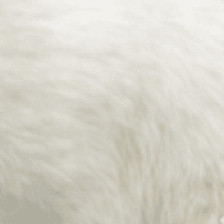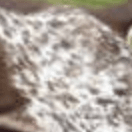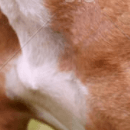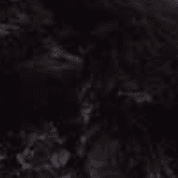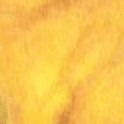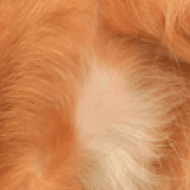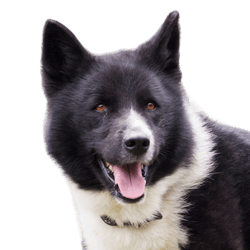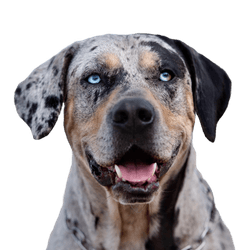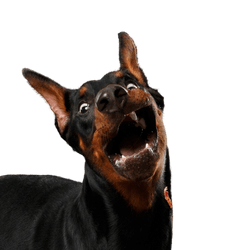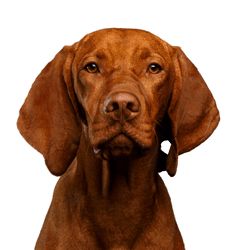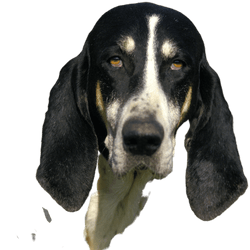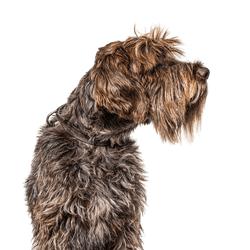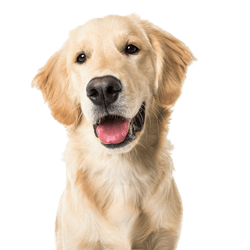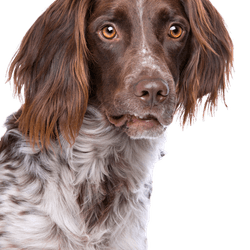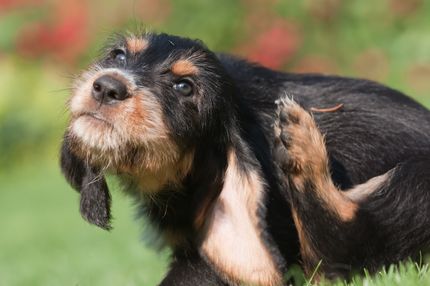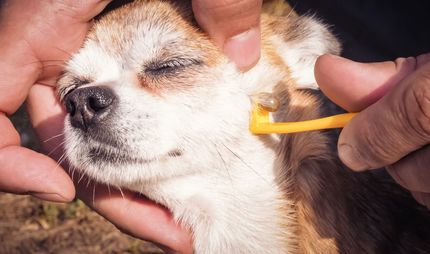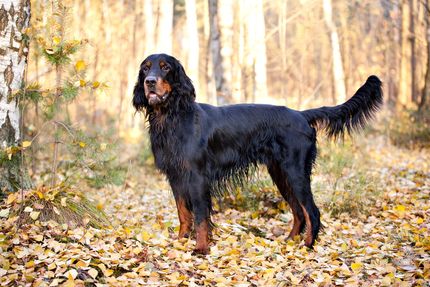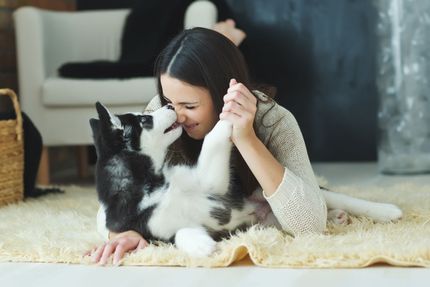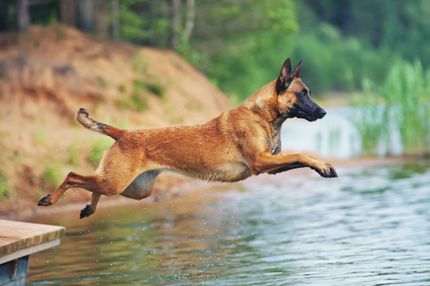Facts & Origin
Ancestry and origin of the English Pointer
The English Pointer (Pointer for short) is a British hunting dog. Originally bred in England, the Pointer's history dates back to the 16th century. It is believed that soldiers brought its Spanish ancestors to Britain and subsequently crossed them with Foxhounds, Greyhounds, Bloodhounds and French Hounds. The breed has been developed and improved over the centuries to meet the needs of hunters.
English Pointers have been used to hunt pheasants, partridges and other birds and are known to "point", pointing to the exact spot where game is hiding by raising the front paw, an outstretched neck as well as nose. This behavior is also the origin of its English name "Pointer", derived from the Spanish name "Perro de Punta" (dog to point).
Common use
Besides being used as hunting dogs, Pointers are known to be trained as rescue dogs, and because of their urge to move, they are also seen in bikejoring, mantrailing, and canicross competitions. Furthermore, crosses with Pointers are popular sled dogs (European Sled Dog). As normal family dogs they are basically less suitable.
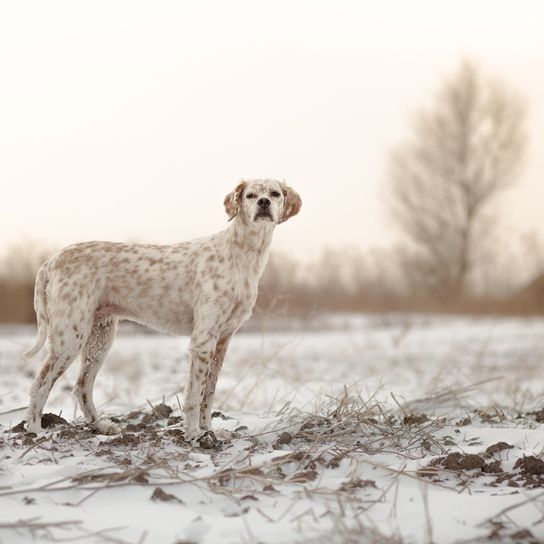
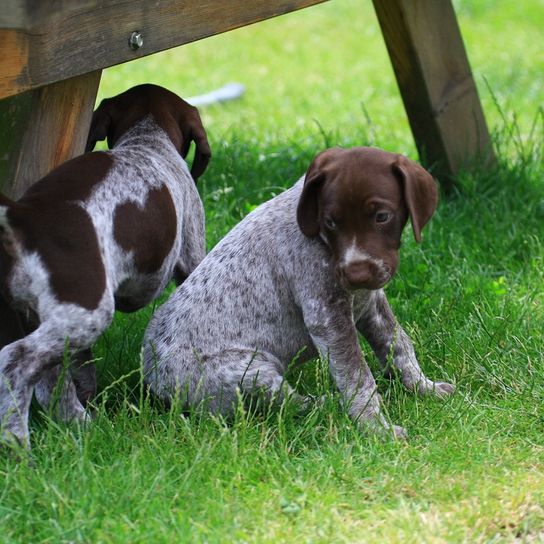
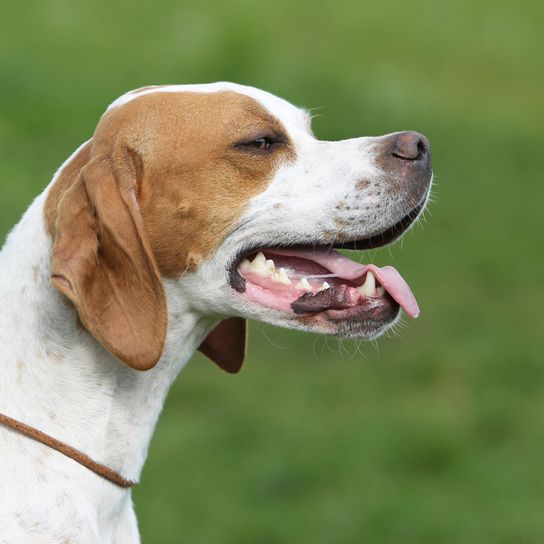
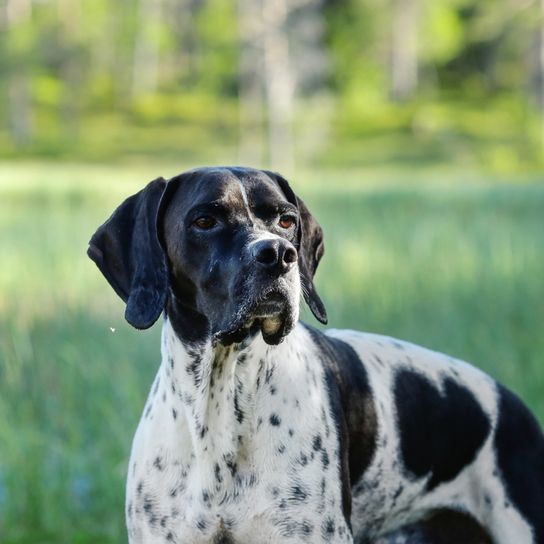
| Alternate Name | Pointer |
| Origin | UK |
| Life expectancy | 10 - 14 years |
| Care requirements | low-maintenance |
| Activity level | high |
| FCI group | British and Irish Pointers and Setters |
| AKC group | Sporting Group |
| KC group | Gundog Group |
English Pointer mixes
Attitude, character and temperament of the breed
Nature and character traits
Of all his traits, his strong passion for hunting is paramount, as is a high alertness and strong work ethic. At the same time, English Pointers are usually considered affectionate towards their owners and are very loyal to them, so that harmonious cooperation is possible even during the hunt.
In addition to its typical hunting characteristics, the English Pointer nevertheless possesses a balanced, amiable temperament, as well as a sensitive nature that quickly understands its tasks. Only the recall can be a problem even with well trained dogs, if it happens during the hunt.
Attitude and education
The Pointer is first and foremost a hunting dog. So that he can live out his innate passion, he belongs best in the hands of a hunter. However, if he is kept as a recreational dog and the hunting instinct is undesirable, it is important to mention that it usually cannot be completely removed from him. However, as long as the dog is allowed to exercise daily - preferably jogging (canicross), biking (bikejoring) or as a riding companion - there is nothing to be said against a life as a family dog. If this is not given, there is a risk of behavioral problems. The education of the dogs should be gentle and sensitive but consistent. A dog school can be helpful (as with all breeds).
Use as a hunting dog
Among the classic pointing dogs, for example the German Wirehaired, Weimaraner, Small Munsterlander or Irish Red Setter, the Pointer has the most pronounced pointing characteristic. It is assumed that this behavior occurred mutatively and was consolidated by pure breeding. The dog remains motionless and points with the whole body, front paw, neck and nose exactly in the direction of the game.
Character
Usage
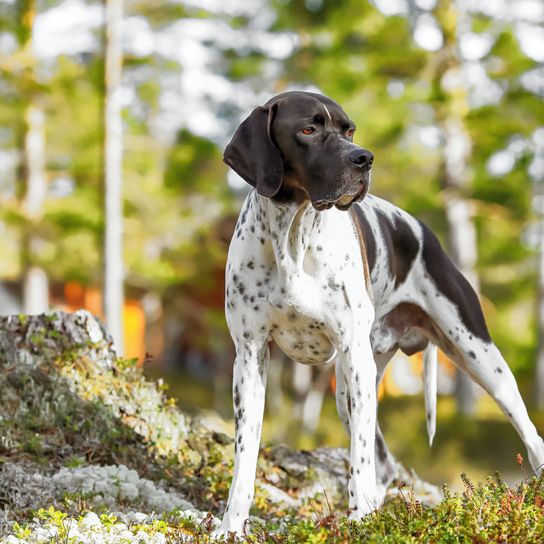
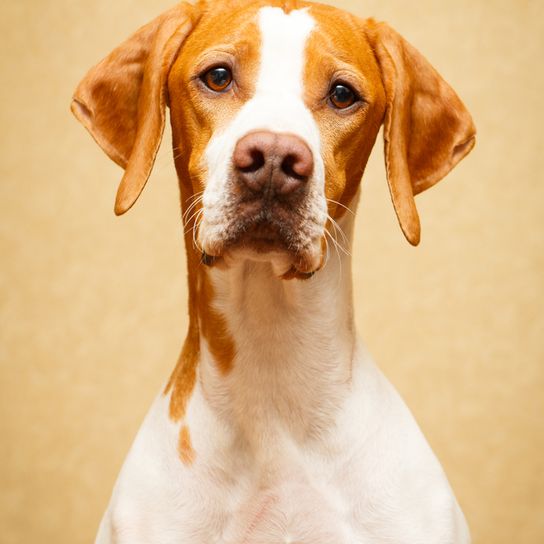
Care and diet of the English Pointer
The English Pointer is easy to care for. Weekly brushing is sufficient to keep his shedding within limits. Furthermore, you should check his ears regularly and possibly clean them to prevent inflammation. Due to his preferred active lifestyle, a protein-rich pet food with a high meat content is suitable. Grain-containing food is to be avoided. Feeding the dogs should be divided into at least two rations a day to prevent gastric distention, which active dogs with deep chests are prone to. Dry chews for in-between meals and adequate drinking water complete the diet.
Health and life expectancy
Basically, English Pointers are considered robust dogs. Breed-typical diseases are the acral mutilation syndrome, which usually appears at the age of a few months, and hip dysplasia. Both of these diseases can be avoided by appropriate selection and choosing a trustworthy breeder. Without appropriate pre-existing conditions, Pointers can reach an age of 15 years.
English Pointer breeding and purchase
If you are now interested in the breed, it is necessary to find a reputable English Pointer breeder. For this purpose it is best to visit the homepage of the German Po inter Club or the Association for Pointers and Setters to find further information as well as referrals for placements.

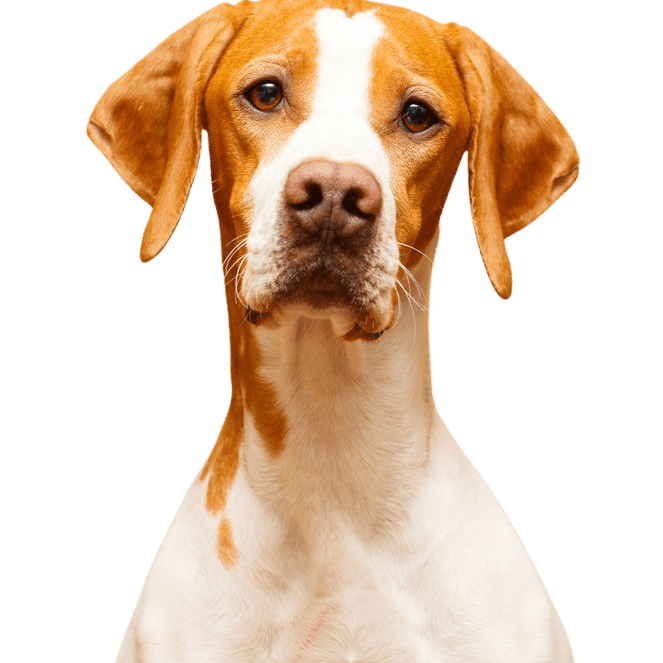
FCI systematics
The English Pointer has been a British dog breed recognized by the FCI since 1963 and is listed in the FCI Systematics in FCI Group 7 (Pointing Dogs), Section 2.1 (Pointers), Standard No. 1, with working test. The working test must be passed in order to participate in the FCI International Beauty Championship.
Breed characteristics and appearance of the English Pointer
A strong but supple appearance is desired. The Pointer should appear aristocratic and leave an impression of strength, endurance and speed. With a height at the withers of 63-69 cm for males and 61-66 cm for females, it is considered relatively large. The average body weight of the dogs is between 25-30 kg.
His gait is correspondingly flowing and very ground-covering, as much thrust comes from the hindquarters. His elbows should neither turn in nor out. Stepping (lifting the forelegs) is not desired.
The coat
The evenly distributed, short-haired coat is smooth and glossy. Numerous colors are permitted in breeding, including solid and tricolored specimens. However, the English Pointer is most often encountered in lemon and white, orange and white, liver brown and white, or black and white.
The Nose
The nose of the Pointer should be dark, but a slightly lighter color is permitted in lemon and white dogs. The nostrils must be well opened to ensure optimal respiratory performance.
The muzzle is usually slightly concave, with the muzzle end level with the nostrils, resulting in a dish-face. There is a slight depression under the eyes. The lips themselves are well developed and soft.
The eyes
Pointer eyes are equidistant from the occiput as from the tip of the nose and are bright, with a friendly expression. The color of the eyes is either hazel or brown, corresponding to the color of the coat. They are neither bold nor piercing and do not look down on the nose. The rims of the eyelids, as well as the nose, are dark, but in lemon and white dogs they are allowed to be lighter.
The ears
The ear leather of the pointer is thin and of medium length. The lower end should be slightly pointed. The ears are set rather high and close to the head.
The neck
The neck should be long, muscular, slightly arched and clearly set off from the shoulders. Loose throatiness is not desirable.
The ribcage
Continuing with the rib cage, it is necessary that it be broad enough to provide sufficient room for the heart. The Pointer has a deep sternum; it is level with the elbows. The well sprung ribs extend far back and flatten towards the loin, which is slightly arched but short and strong.
The tail
The tail is of medium length, thick at the root, gradually tapering towards the tip, and densely covered with hair. It should be carried in line with the back, without curving upward. In movement, it flaps from side to side.
The forequarters
The forelegs are straight and firm, with good, oval bone; the rear tendons are strong and visible. Beginning with the shoulder, this should be long, sloping and well laid back. The fore tarsal joint, seen from the front, lies flat on the foreleg and stands out very slightly from it laterally. The long, strong and elastic pastern, on the other hand, is somewhat oblique. The oval, firmly attached front feet, whose toes should be knuckled up, are well padded at the pads.
The hindquarters
Very muscular hips are desirable in the English Pointer; the hip bones must be wide apart and prominent, but not projecting above the topline. The upper and lower leg are desired to be equally well developed so that the forward stifle joint has an appropriate angulation. The hock joint is deep standing. The hind feet are desired with the same characteristics as the front feet.
| Fur length | short |
| Fur | flat coated |
| Ear shape | Floppy Ear |
| Tail | lang |
| Anatomy | slim, sporty |
| Size ♀ | 53 - 66 cm |
| Weight ♀ | 16 - 30 kg |
| Size ♂ | 56 - 70 cm |
| Weight ♂ | 18 - 34 kg |
| Suitable For | - |
Colors



Known Diseases
Hip dysplasia (HD)
Hip dysplasia (HD) is a genetic condition in dogs where the hip joint is not shaped properly. This leads to pain, stiffness and restricted movement.
Eye diseases
Often occur with allergies and intolerances.
Nervous disorders
Nervous disorders are manifested, for example, by disturbances in perception, neurological abnormalities such as tremors, apathy, convulsions, paralysis, tilting of the head, uncontrolled urination and defecation, and behavioural abnormalities.
FAQ
-
English Pointers are energetic, intelligent and alert dogs that were originally bred for hunting. They are usually very affectionate and loyal to their owners and have a strong work ethic. They are also known to be very good retrievers and are therefore often used in dog sports.
-
English Pointers may not be the best choice for novice dogs, as they have strong personalities and require firm, consistent training. They are also very energetic and need plenty of exercise and exposure to be happy and balanced. It is important that their owner is confident and experienced with dogs.
-
The care and maintenance of English Pointers requires regular grooming to prevent matting. They should also be exercised regularly to maintain their agility and stamina. It is important to provide them with adequate space and stimulation to meet their physical and mental needs.
-
English Pointers can be good family dogs as long as they are properly socialized and trained. They are usually very affectionate and loyal to their family members and can get along well with children as long as they are respected by them and not treated in a pushy manner. However, it is important to note that they may not get along well with other dogs or animals in the household if they have not been properly socialized.
-
English Pointers can be prone to certain health problems, such as hip dysplasia, eye problems, and thyroid disease. It is important to make regular veterinary visits to detect and treat potential problems early.
-
Compared to other dog breeds, English Pointers are energetic, intelligent and alert dogs that were originally bred for hunting. They are usually very affectionate and loyal to their owners and have a strong work ethic. They are also known to be very good retrievers and are therefore often used in dog sports.
-
English Pointers are often used in dog sports, especially field trials and retrieving. They are also suitable as companion dogs and for rescue work.
-
English Pointers can be purchased or adopted from breeders or at dog rescue centers. It is important to research carefully and make sure you are buying or adopting from a responsible breeder or a reputable rescue center.
-
The history of English Pointers dates back to the 16th century when they were originally bred in England. They were used to hunt pheasants, partridges and other birds and are known to "point" by indicating the prey by lying down and touching it with their nose. The breed has evolved and improved over the centuries to meet the needs of hunters.
-
English Pointers differ from other pointing breeds, such as German Shorthairs or Vizslas, in their appearance and size. They usually have a longer, sleeker coat and a more muscular build than other Pointing breeds. They also tend to be larger and have a longer nose than other Pointing breeds. While they were all bred for hunting, they also have slightly different abilities and characteristics.







